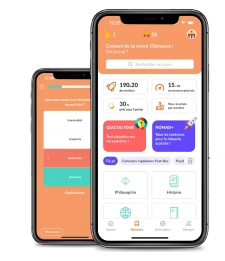1. Emails:
Email communication is a primary mode of correspondence in the business world. Mastering email writing involves being concise, clear, but professional in your communication.
Appropriate greetings:
For the first email, use “dear” followed by the name of the person.
To a colleague in a informal context, use the first name.
In a formal context, use their title (Mr, Mrs, Ms, Dr) followed by their last name.
To conclude, you can write:
Regards,
With best wishes,
With many thanks and best wishes,
before you sign off with your name.
It is essential that you fill out the subject line with critical information (topic, deadline…): it will help the recipient find your email should they search for it.
In a professional setting, it is essential to use a formal tone when writing. Refer to people by their full names and position, avoid using nicknames or expressions that are too colloquial. Contractions such as “I’m” or “You’re” are fine but you should avoid using “gonna” and “wanna” for instance.
Try to keep your sentences short and make sure that only idea is contained in each sentence for clarity.
2. Business Reports:
Business reports are formal documents that convey information, analysis, and recommendations to stakeholders. Mastering report writing involves structuring your content in a logical and coherent manner, using headings and subheadings to guide readers, and providing clear and accurate data. It is important to use a formal tone, present information objectively, and support your findings with figures or facts.
They usually follow this structure:
1. Title Page
2. Table of Contents
3. List of Figures (or) List of Illustrations;
4. Abstract or Summary;
5. Discussion or analysis;
6. Recommendations
7. Conclusion
8. List of references or bibliography
9. Index
10. Signature
3. Presentations:
Doing a presentation means engaging with the audience to carry your point across.
You can use a slideshow to make your points easier to understand.
- Avoid putting sentences or full paragraphs.
- Include key figures in graphs or tables.
- Use pictures that illustrate you points not just merely decorates your slide.
You should be able to express yourself with a minimal use of notes to keep eye contact with the audience.


